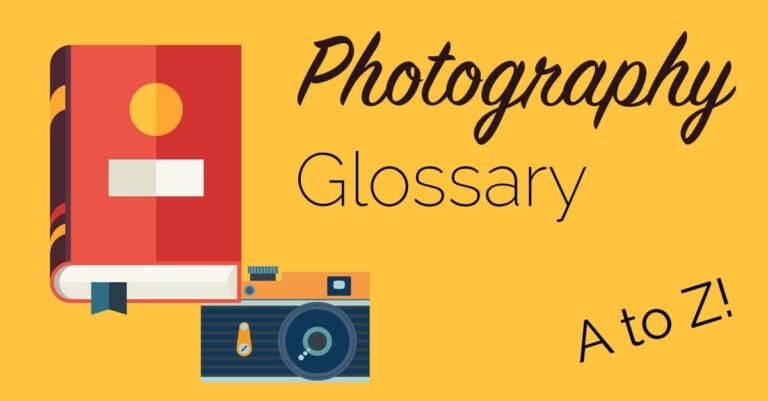STM
What Does STM Mean On A Canon Lens? Canon 40mm f/2.8 STM When you see a Canon lens with STM in the name, it means that it features Canon’s Stepper Motor technology. Canon introduced this motor design to be a quieter and smoother focus system that allows for near-silent focusing during video recording. When Canon’s lenses were first designed many years ago, DSLRs could not shoot video so there was no need for them to be extremely quiet. These days, not only do Canon’s DSLRs and mirrorless cameras shoot video, but they also have the Cinema EOS line of movie …

